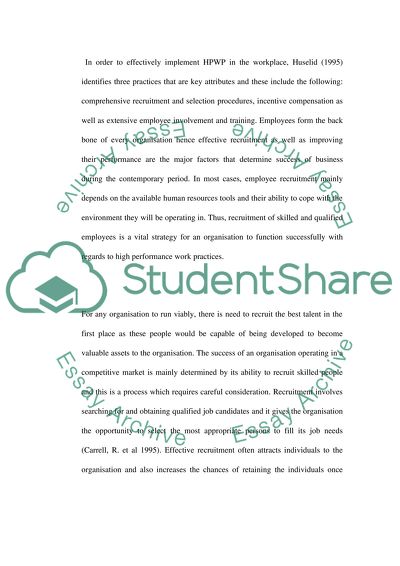Cite this document
(“Critically discuss the extent to which HPWPs may be successfully Research Paper”, n.d.)
Retrieved from https://studentshare.org/family-consumer-science/1406480-critically-discuss-the-extent-to-which-hpwps-may
Retrieved from https://studentshare.org/family-consumer-science/1406480-critically-discuss-the-extent-to-which-hpwps-may
(Critically Discuss the Extent to Which HPWPs May Be Successfully Research Paper)
https://studentshare.org/family-consumer-science/1406480-critically-discuss-the-extent-to-which-hpwps-may.
https://studentshare.org/family-consumer-science/1406480-critically-discuss-the-extent-to-which-hpwps-may.
“Critically Discuss the Extent to Which HPWPs May Be Successfully Research Paper”, n.d. https://studentshare.org/family-consumer-science/1406480-critically-discuss-the-extent-to-which-hpwps-may.


